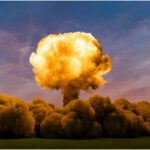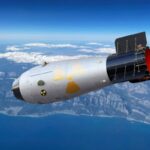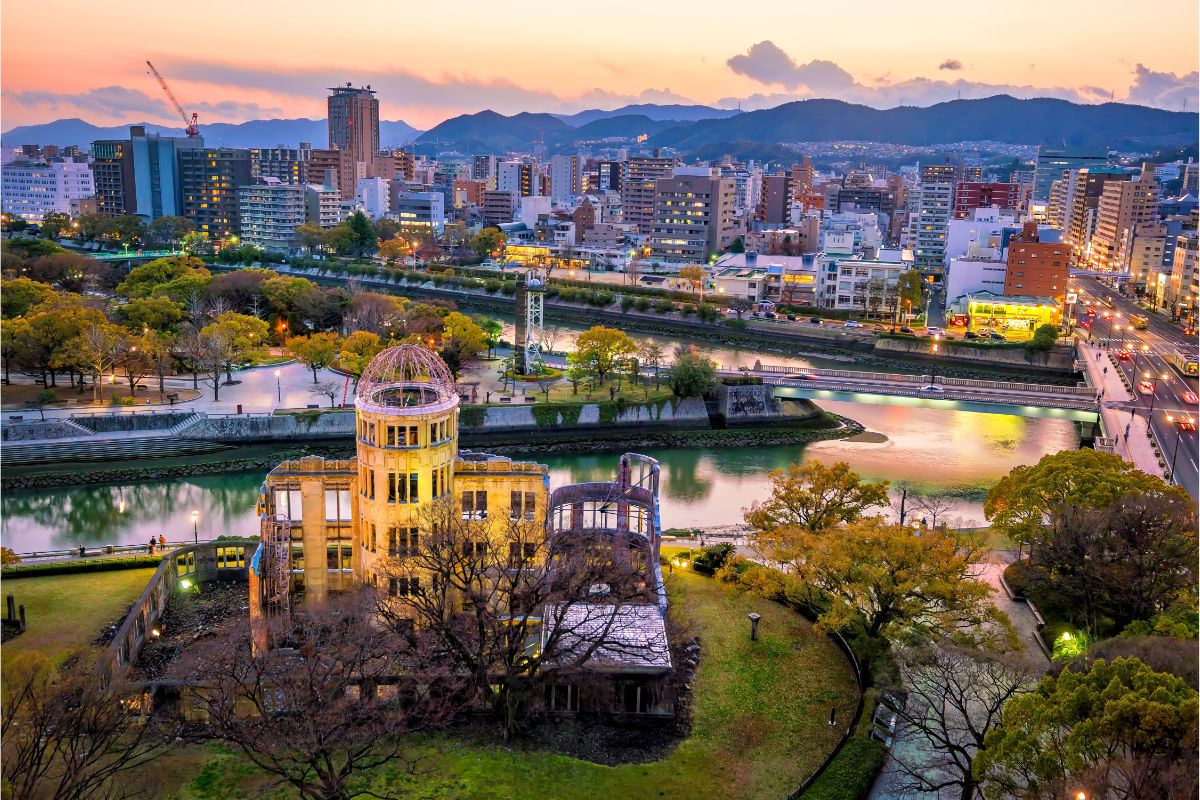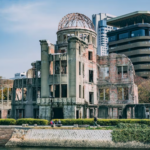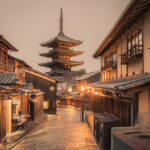In 1945, the US dropped two atomic bombs on two Japanese cities, Hiroshima and Nagasaki. The first bomb targeted Hiroshima and killed over 70,000 people within seconds.
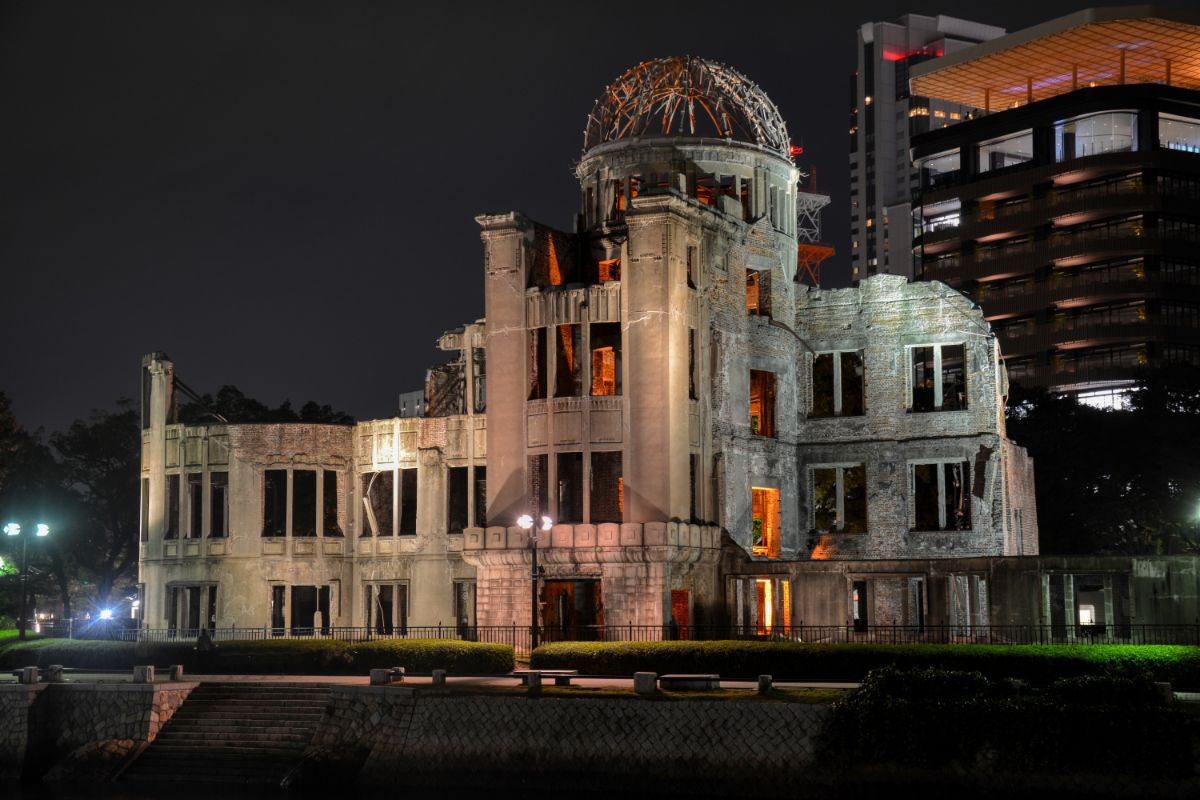
The second bomb sent for Nagasaki was delivered three days later and killed another 40,000 people. Today we will be exploring why this happened and how it affected Japan, even to this day.
What Is An Atomic Bomb?
An atomic bomb is a nuclear weapon that carries immense explosive power, resulting in the sudden release of energy after the splitting or fission of the nuclei of the element within, which is usually plutonium or uranium.
The release of an atomic nucleus creates an enormous amount of thermal energy, reaching temperatures as high as multiple million degrees. This heat then creates a fireball with enough energy to incinerate entire cities.
Atomic bombs are generally considered the most dangerous weapons in the world due to the mass destruction a single one can cause.
The Bombing Of Japan – What Happened?
On August 6th, 1945, at 8:15 in the morning, a B-29 bomber called Enola Gay released an atomic bomb onto Hiroshima. The bomb was named ‘Little Boy’ despite it having a force of more than 20,000 tonnes of TNT within it.
By 8:15 in the morning, most industrial workers had arrived at work and were just clocking in. Many others were on their way to work, and the children were all in school. The bomb was dropped slightly northwest of the city center.
The US Strategic Bombing Survey, conducted in 1946, notes that the bomb killed over 80,000 people and injured even more.
Three days after this initial attack, another bomb was dropped – this time called ‘Fat Man’ – onto the city of Nagasaki. It was released around 11 in the morning and killed another 40,000 people.
The same survey from 1946 concluded that, since Nagasaki had such uneven terrain, the bomb was confined to a smaller valley and therefore did not have as much room for its area of nearly complete devastation. The explosion spanned around 1.8 miles.
Why Did The US Bomb Japan?
In the 1940s, the United States and Japan were at War. The war started with the bombing of Pearl Harbor in Hawaii in December 1941.
Japan was also a danger to the US allies, which included Great Britain, China, and the Soviet Union, throughout World War II.
At the beginning of the war, Japan invaded Indo-china to capture plenty of oil sources spanning the East Indies.
Japan had publicly announced that they were to continue the fight until there was a declared winner, with tactics like the kamikaze attacks.
These attacks saw suicide-diving pilots head their planes into US warships, rendering them useless and killing many people.
After five years at war with Japan, president Harry Truman decided to use atomic bombs in the hopes that Japan would surrender. Once the attacks on Japan were finished, Japan surrendered, and the US won.
Why Did The US Choose Hiroshima?
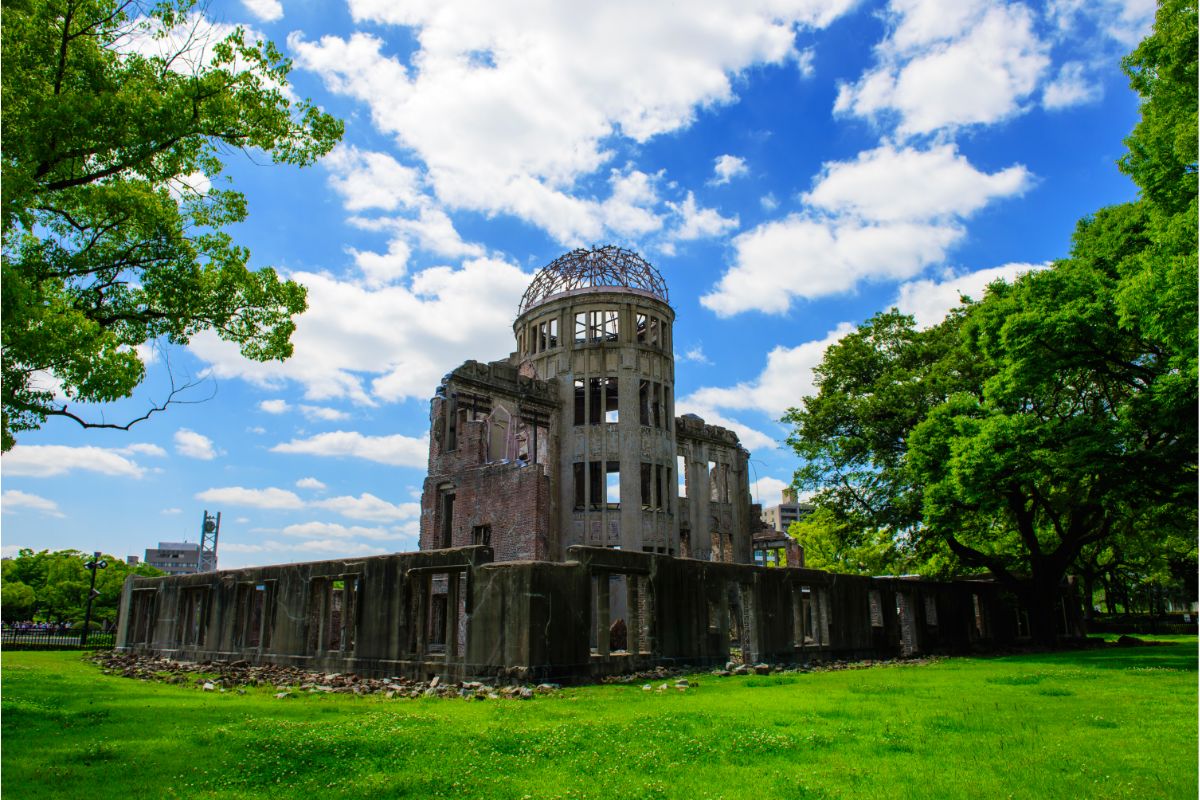
Harry Truman decided to bomb the prime military target in Japan, which was Hiroshima. With a population of 318,000 people, Hiroshima was also the seventh biggest city in Japan at that time.
It was also the resting place for the Second Army and Chugoku Regional Army headquarters.
It was decided that bombing a normal city in Japan would not be enough for them to surrender the fight, so the US bombed their military bases.
Hiroshima was one of the most important military cities in the country, so bombing it was incredibly devastating for many reasons.
Hiroshima also held the biggest military shipping depots in the country, so bombing these places made the explosions the most devastating to Japan at the time.
Without their main military city, Japan was set back to a much worse position in its plans to continue fighting.
Once Japan lost the majority of its military bases, supplies, and troops, they knew that they wouldn’t win against the US and therefore surrendered before any more bombs were used.
The Impact Of The US Attack On Japan
The Guardian reported in 1945 on a Tokyo radio broadcast after the explosions. During this article, they had a direct quote from the presenter, which read:
“The impact of the bomb was so terrific that practically all living things — human and animal alike — were literally seared to death by the tremendous heat and pressure set up by the blast.”
But that was not the end of the impact caused by the bombings. Nuclear bombs release amazing amounts of radiation that roll out around the explosion site, and they can travel for miles.
Radiation is a silent killer, and in the years that followed the Hiroshima bombings, many of the survivors were diagnosed with cancer, leukemia, and other harrowing side effects from the radiation.
The bomb burned around 70% of all the buildings in its wake, causing around 140,000 deaths by the end of the year. Rates of chronic illnesses and cancer also rose dramatically throughout the following years.
During the bombing, almost 90% of doctors and nurses were killed or badly injured, and 70% of the hospitals were reduced to being unusable.
For the 70% of victims who had severe burns and other life-threatening injuries, you can imagine how detrimental this was.
This resulted in the majority of the victims dying without any help to ease their pain. Some of the helpers who came from other cities to help those in need would also die from the radiation.
Long-Term Effects From The Hiroshima Bombing
The increased threat of leukemia was still evident in Hiroshima six years after the bombing. After around 10 years, the survivors would see an increase in numerous cancer rates, such as breast, thyroid, lung, and more.
People who were pregnant in Hiroshima at the time of the bombings were also subject to higher rates of miscarriage and infant death.
If their children did survive, they were more likely to have intellectual disabilities, stunted growth, and a higher risk of cancer.
Even to this day, survivors are still suffering from the impacts of a higher risk of cancer. As their lifespan continues, the threat of cancer gets larger and larger, so the impact of the Hiroshima bombing is still getting larger throughout the modern years.
Summary
We hope that you found our article interesting and educational on the Hiroshima bombing of 1945. The US bombed Japan after they were threatening to capture Indo-china in the hopes of securing their oil sources.
The two atomic bombs – Little Boy and Fat Man – were detrimental to Japan, killing 120,000 people instantly, and another 20,000 by the end of the year. The effects of the bombing are still ongoing today, even 77 years later.
- 16 Best Websites To Watch Japanese Movies With English Subtitles - May 11, 2023
- Is ZIPAIR The Best Airline For Traveling To Japan? - May 11, 2023
- Ryu Murakami Vs Haruki Murakami – Which One Should You Read? - May 11, 2023

